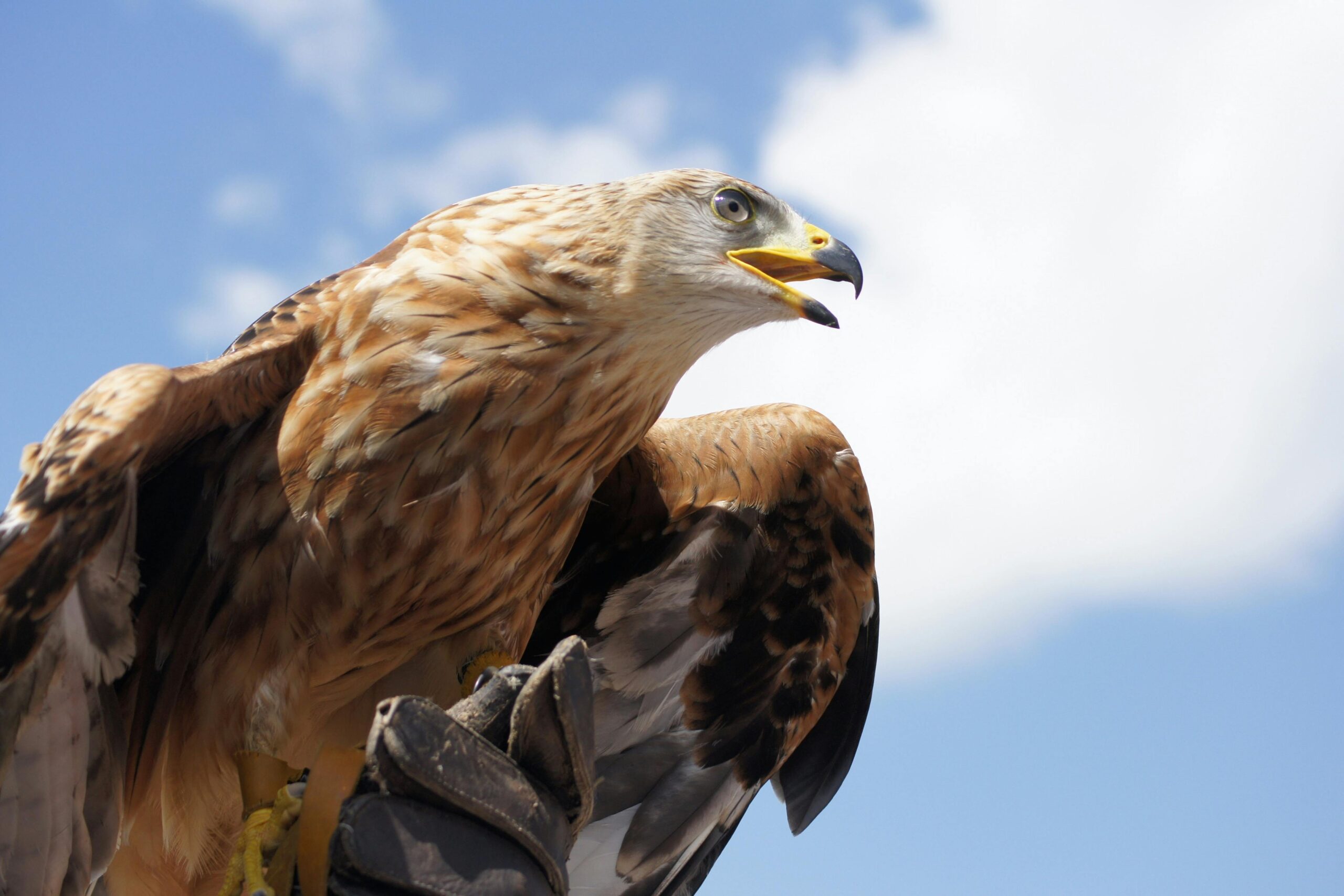Golden Eagles are majestic birds of prey known for their impressive hunting skills and powerful talons. These magnificent raptors are found across North America, Europe, and Asia, and their dietary habits are a fascinating aspect of their biology. In this comprehensive blog post, we’ll explore the intriguing details of how often Golden Eagles eat.
The Feeding Frequency of Golden Eagles
Golden Eagles are not constant eaters like some other birds of prey. Instead, they exhibit a more sporadic feeding pattern, consuming large meals when prey is abundant, and then going for extended periods without eating during times of scarcity.
On average, a healthy Golden Eagle will consume around 0.5 to 1 pound of food per day. However, this can vary significantly depending on the availability of their preferred prey, which includes small to medium-sized mammals, birds, and even carrion.
Factors Influencing Feeding Frequency
Several factors can influence the feeding frequency of Golden Eagles, including:
-
Prey Availability: When prey is plentiful, Golden Eagles can feed more frequently, sometimes consuming up to 2 pounds of food in a single sitting. During periods of food scarcity, they may go for several days without eating.
-
Breeding and Nesting: During the breeding season and when caring for their young, Golden Eagles may need to feed more often to meet the increased energy demands. Nestlings, in particular, require frequent feedings to support their rapid growth and development.
-
Age and Health: Younger and older Golden Eagles may have different feeding requirements compared to their prime-aged counterparts. Factors such as illness or injury can also affect a Golden Eagle’s appetite and feeding frequency.
-
Environmental Conditions: Extreme weather conditions, such as severe storms or prolonged periods of cold, can impact the availability of prey and force Golden Eagles to adjust their feeding patterns accordingly.
Feeding Behavior and Hunting Strategies
Golden Eagles are skilled hunters, employing a variety of strategies to capture their prey. They are known to soar high above the ground, scanning the landscape for potential targets, and then swoop down with incredible speed and precision to seize their prey with their powerful talons.
When food is abundant, Golden Eagles may engage in a behavior known as “caching,” where they store excess food in a safe location for later consumption. This allows them to take advantage of periods of plenty and helps them survive during times of scarcity.
Unique Adaptations for Feeding
Golden Eagles have several unique adaptations that enable them to be successful hunters and efficient feeders:
-
Keen Eyesight: Golden Eagles possess exceptional eyesight, which allows them to spot prey from great distances, even in low-light conditions.
-
Powerful Talons: Their sharp, curved talons are designed to grasp and kill prey, making them formidable hunters.
-
Efficient Digestive System: Golden Eagles have a highly efficient digestive system that allows them to extract maximum nutritional value from their prey, even consuming bones and other hard materials.
-
Crop Storage: Golden Eagles have a specialized pouch-like structure called a “crop” that allows them to store food for later consumption, enabling them to go for extended periods without eating.
Real-Life Observations and Case Studies
Researchers and wildlife enthusiasts have documented numerous instances of Golden Eagles’ feeding habits in the wild. One such study, conducted by the Raptor View Research Institute, observed a Golden Eagle feeding on an elk carcass for several days, consuming approximately 1.5 pounds of meat per day.
Another case study, reported by the Audubon Society, described a Golden Eagle that was observed hunting and feeding on a jackrabbit. The eagle consumed the entire carcass, including the bones, over the course of several hours.
These real-life observations provide valuable insights into the feeding patterns and adaptations of Golden Eagles, reinforcing the understanding of their unique hunting and feeding behaviors.
Conclusion
In conclusion, the feeding frequency of Golden Eagles is a fascinating aspect of their biology, shaped by a variety of factors, including prey availability, breeding and nesting requirements, and environmental conditions. These majestic birds of prey have evolved a range of adaptations that allow them to thrive as efficient hunters and feeders, capable of consuming large meals and going for extended periods without eating.
By understanding the intricacies of Golden Eagles’ feeding habits, we can gain a deeper appreciation for these remarkable raptors and their role in the natural ecosystems they inhabit. This knowledge can also inform conservation efforts and help us better protect these iconic birds for generations to come.
References:
- https://www.bioexplorer.net/what-do-eagles-eat.html/
- https://www.audubon.org/field-guide/bird/golden-eagle
- https://www.allaboutbirds.org/guide/Golden_Eagle/overview
- https://raptor.umn.edu/about-raptors/raptors-north-america/golden-eagle
- https://eagles.org/what-we-do/educate/learn-about-eagles/golden-eagle-diet/



